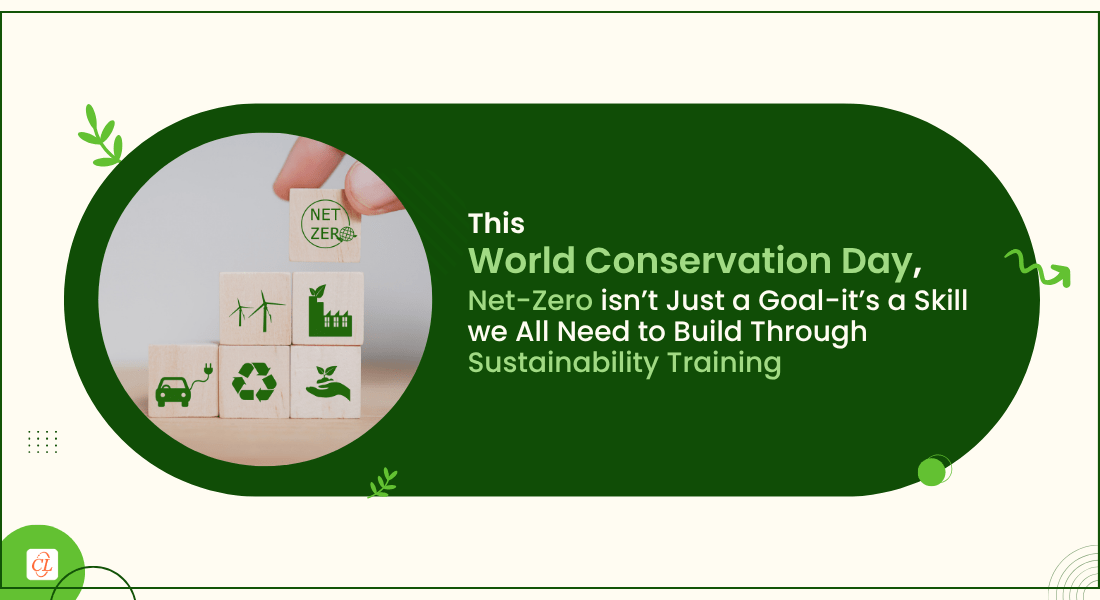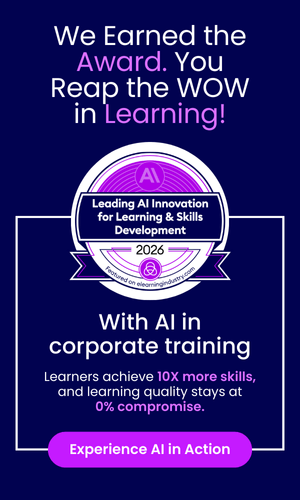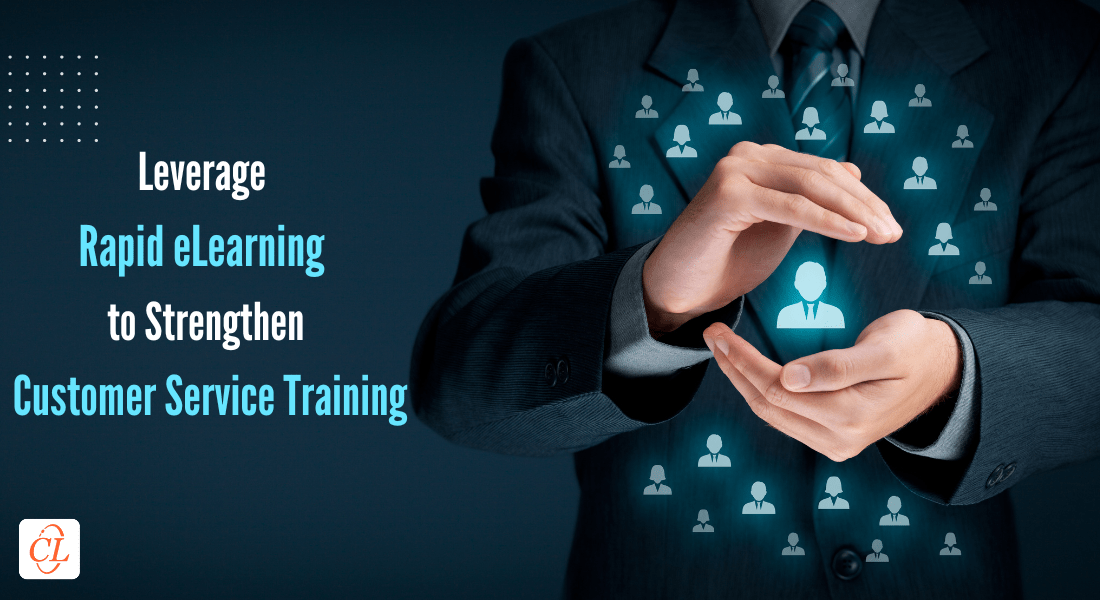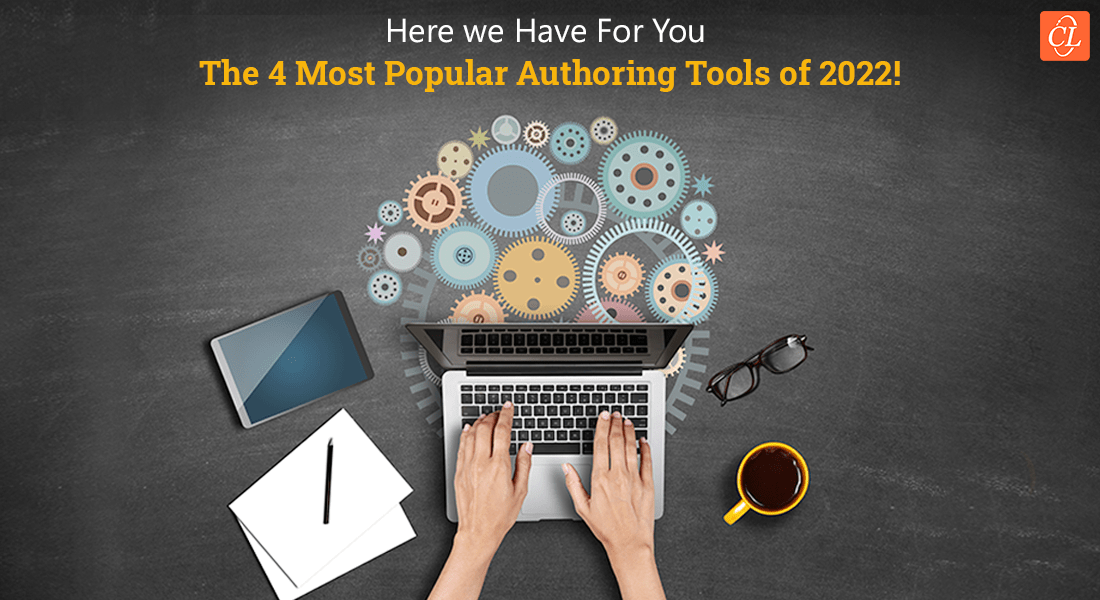Imagine this.
Your company is expanding into a new market. Your ESG report is due next quarter. And your operations team just flagged a supplier non-compliance issue, this time, it’s environmental. Meanwhile, employees are asking what your company is actually doing about climate change. Leadership? They’ve promised net-zero emissions by 2030.
This isn’t fiction. It’s today’s corporate reality, unfolding in boardrooms across the U.S.
On World Conservation Day, it’s clearer than ever: conservation isn’t just about protecting forests and oceans, it’s about transforming how we work, lead, and learn. Sustainability has become a defining business priority, not just in mission statements, but in operations, reporting, and competitive strategy. From federal climate disclosures and state-level mandates to investor scrutiny and employee expectations, green performance is business performance.
Yet one crucial piece is still missing: most employees don’t know what sustainability looks like in their role.
Let’s dive in and explore how to make sustainability training practical, powerful, and truly impactful.
→ Download Now: Instructional Design 101
Table Of Content
- What Is Sustainability Training?
- Why Is Sustainability Training Critical Right Now?
- Who Needs Sustainability Training?
- Where Should Sustainability Training Sit in the Learning Ecosystem?
- When Should You Roll Out Sustainability Training?
- How to Design Sustainability Training That Drives Behavior Change?
What is Sustainability Training?
Sustainability training is the structured development of employee competencies that support environmental responsibility, regulatory compliance, and sustainable operations is important. Unlike general awareness programs, sustainability training focuses on practical application of what employees need to do differently in their specific roles.
For example:
A warehouse manager learns to reduce energy and manage waste flow.
A product designer explores eco-friendly materials and life cycle design.
A procurement officer is trained to vet suppliers against ESG benchmarks.
It’s not just about learning policy. It’s about enabling action aligned with your organization's green goals.
Further Reading: Sustainability Training: How it Helps Reach Corporate Goals
Why Is Sustainability Training Critical Right Now?
1. New Regulations Are Already in Effect
The SEC’s climate disclosure rule and California’s SB 253/261 demand accurate tracking of emissions and climate-related risks. These laws directly impact how U.S. enterprises operate, and they require trained employees to support reporting, compliance, and mitigation.
2. Investors and Boards Expect ESG Readiness
In 2025, ESG reporting isn’t a “nice-to-have.” It’s a metric that determines access to capital, insurance premiums, and even shareholder votes.
Watch why is sustainability training a must-have in today’s corporate learning programs?
3. Green Skills Drive Operational Performance
Reducing waste, improving energy efficiency, and transitioning to sustainable practices directly cut costs and increase resilience.
Take this example from the energy sector, an organization in the energy sector faced a critical challenge: frontline employees lacked clarity on their role in achieving the company’s sustainability goals. The solution? A tailored eLearning program with interactive modules, real-world scenarios, and blended learning to drive awareness and decision-making.
The result was a measurable reduction in energy use, improved policy compliance, and stronger engagement across operational teams.
4. Your Workforce Demands Purpose
Employees, especially Gen Z and Millennials, are actively seeking meaning in their work. Sustainability training shows that the organization walks the talk.
5. Environmental Stewardship Is a Top Global Skill
The Future of Jobs Report 2025 by the World Economic Forum identifies environmental stewardship as one of the top 10 fastest-growing skills, highlighting the rising demand for sustainability competencies across industries. This makes it imperative for L&D to equip employees with the skills needed for the green economy.
Who Needs Sustainability Training?
Short answer? Everyone. But not everyone needs the same training.
|
Function |
Training Needs |
|
Operations |
Resource efficiency, emissions reduction |
|
Procurement |
Green vendor policies, supply chain transparency |
|
Finance |
ESG reporting frameworks, carbon accounting |
|
Sales & Marketing |
Avoiding greenwashing, communicating authentically |
|
Leadership |
Integrating sustainability into KPIs and culture |
|
HR & L&D |
Driving green behaviors through training and engagement |
Customize your training by department, risk exposure, and job role. A one-size-fits-all approach will only dilute impact.
Where Should Sustainability Training Sit in the Learning Ecosystem?
To drive consistent impact, sustainability training should be woven into every stage of the learning journey not treated as a standalone module. Here's how L&D can strategically embed green learning across different programs:
Onboarding
Introduce values, sustainability commitments, and expected behaviors from Day 1 through engaging formats like videos, virtual tours, and gamified modules.
Compliance Learning
Integrate compliance training on environmental regulations (OSHA, EPA, SEC) and company-specific policies to reinforce everyday responsibility and legal readiness.
Job-Specific Training
Tailor content to each role’s environmental impact such as energy use for facilities teams or sustainable sourcing for procurement using microlearning modules for quick, targeted skill building.
Leadership Programs
Train leaders to embed sustainability into KPIs, decision-making, and organizational culture. Encourage accountability at the top.
Product Training
Ensure product, marketing, and service teams understand eco-friendly features, sustainable use cases, and lifecycle impacts through rapid eLearning to drive consistent messaging.
Technical Training
Use simulation-based learning to train employees on energy-efficient systems, safe material handling, or green operations risk-free and hands-on.
Performance Support
Deliver continuous reinforcement through job aids, mobile nudges, and microlearning to help employees apply sustainable practices in real time.

Instructional Design 101
A Handy Reference Guide for eLearning Designers
- eLearning standards
- Streamlined instructional design process
- Effective assessments
- And More!
When Should You Roll Out Sustainability Training?
Immediately, but here are some strategic triggers:
- Before ESG or audit reporting periods
- As part of digital or supply chain transformation
- After setting or updating net-zero or circular economy goals
- When expanding into new geographies or industries
Early training avoids last-minute fire drills and builds organizational muscle for green compliance and innovation.

How to Design Sustainability Training That Drives Behavior Change
How Can L&D Teams Make Sustainability Training Truly Effective?
L&D’s Practical Toolkit for Driving Green Behavior at Work
- Map Role-Based Green Skills
- Localize for U.S. Regulations
- Use Scenario-Based Learning
- Reinforce with Microlearning
- Track and Align with ESG Metrics
- Integrate Across the Learning Ecosystem
Here’s a proven framework for L&D leaders:
1. Diagnose Your Green Skills Gap
Use assessments or surveys to identify:
- Where awareness is low
- Which functions impact sustainability most
- Who needs upskilling or certification
Build learner personas from this data to design custom learning paths.
2. Localize for U.S. Regulations and Workplace Culture
Generic global courses won’t cut it. Your content must reflect:
- U.S. environmental laws (SEC, EPA, FEMP)
- State and industry-specific mandates
- Cultural references that resonate with American workers made possible through accurate eLearning translation and thoughtful localization.
Leverage CommLab India’s Sustainability Training to deliver localized, compliance-aligned learning experiences tailored to global regulations.
3. Design for Interactivity and Decision-Making
Create branching scenarios where learners face real choices with real consequences.
Examples:
- Should a facilities manager report a small chemical leak or wait until inspection week?
- Can a procurement officer justify a low-cost vendor with poor ESG compliance?
These simulations build judgment, accountability, and context.
4. Reinforce With Microlearning and Nudges
- Use microlearning to deliver 2-minute lessons during workflows.
- Push mobile-friendly reminders or quizzes.
- Reward employees for reporting energy-saving ideas or sustainability risks.
5. Track, Measure, and Align With ESG Goals
Set clear KPIs:
- Training completion by function
- Pre/post assessments on ESG literacy
- Behavior adoption (e.g., reporting, waste reduction)
- Impact metrics (energy saved, emissions reduced)
Tie training analytics to ESG dashboards for executive visibility.
Final Thoughts
Sustainability isn’t just a goal; it’s a skill. And like any skill, it needs structured, continuous, role-specific development.
L&D leaders have a powerful opportunity to turn corporate sustainability goals into everyday behaviors. When training is thoughtfully designed, it moves beyond box-ticking to real, measurable environmental impact.
In a world where transparency and resilience are competitive advantages, sustainability training isn’t just good for the planet; it’s essential for long-term success.
At CommLab India, we’ve spent over two decades helping organizations turn big-picture priorities into action on the ground. And it all starts with a strong instructional design.
If you're ready to create training that’s not just informative but truly transformative, check out our free book. It covers how to structure content, choose the right format, use multimedia wisely, and design learning that drives real results.








